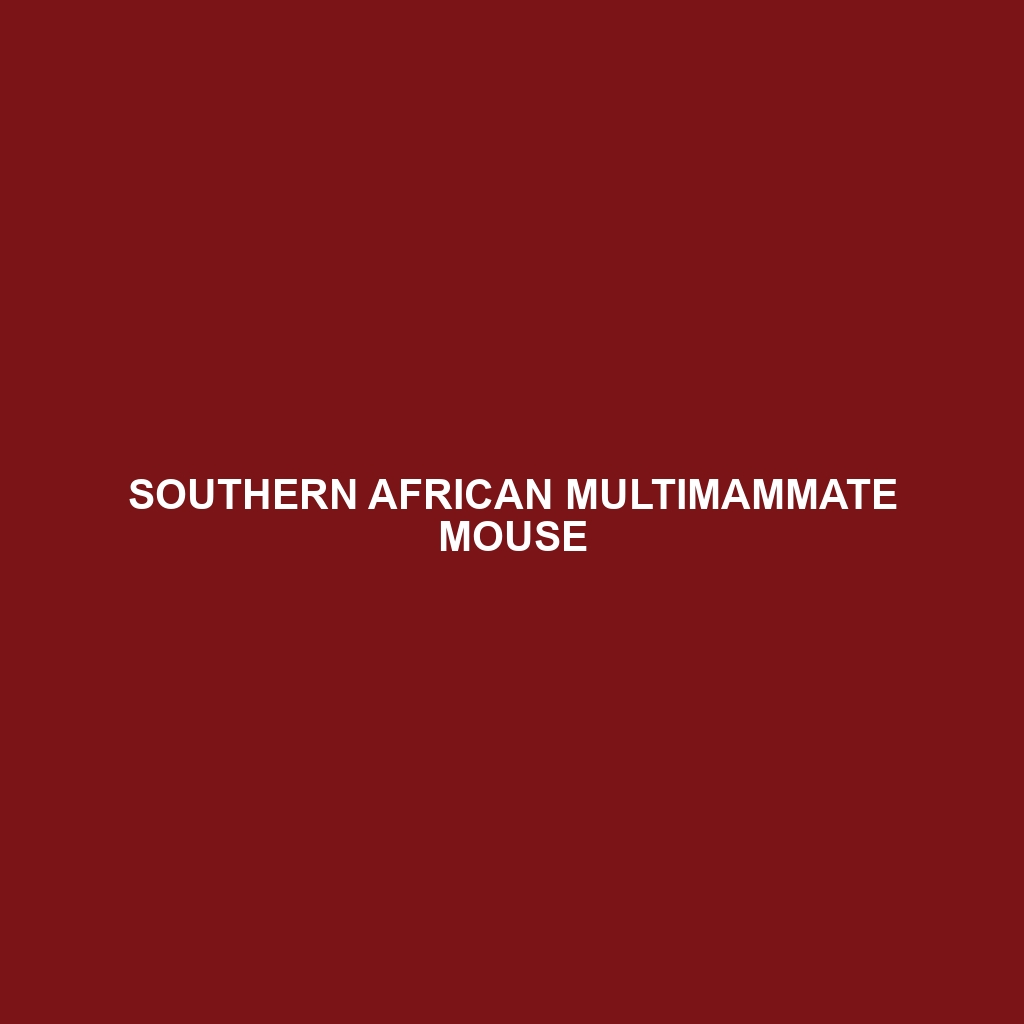Mindoro White-toothed Shrew ()
Common Name: Mindoro White-toothed Shrew
Scientific Name:
Habitat
The Mindoro White-toothed Shrew is primarily found in the lush rainforests of Mindoro Island in the Philippines. This species thrives in humid, tropical environments such as mountainous forest regions and dense undergrowth. These habitats provide the necessary cover and food source for the shrew’s survival, making Mindoro Island its exclusive home.
Physical Characteristics
This small mammal measures approximately 10 to 12 cm in length, with a tail that is nearly equal in size. The Mindoro White-toothed Shrew exhibits a compact body covered in short, dense fur that is typically brownish in color with lighter underparts. One of its most distinctive features is its relatively large, white incisors that give this shrew its name, along with its prominent, pointed snout. Its small size and unique coloration allow it to blend seamlessly into its forest habitat.
Behavior
Mindoro White-toothed Shrews are primarily nocturnal, showing peak activity during twilight hours. These mammals are known for their highly inquisitive nature and agile movements as they forage for insects and other small invertebrates. They have excellent olfactory senses, which they utilize to navigate their environment and locate food. Socially, they are mostly solitary creatures but may share the same territory with other shrews during food scarcity.
Diet
The diet of the Mindoro White-toothed Shrew consists mainly of insects, worms, and small invertebrates, reflecting its role as an insectivore. It plays a crucial part in controlling insect populations in its habitat. The shrew forages through leaf litter and soil, using its sharp sense of smell to find its next meal. This specialized diet underscores its dependence on a rich biodiversity within its ecosystem.
Reproduction
Breeding for the Mindoro White-toothed Shrew typically occurs during the wet season, which aligns with the increased availability of food. After a gestation period of approximately 30 days, females give birth to a litter of 3 to 6 offspring. The young are born blind and rely heavily on their mother’s care for the first few weeks of life. Maternal care is crucial during this period, as the female teaches her offspring essential survival skills.
Conservation Status
The Mindoro White-toothed Shrew is currently listed as endangered due to habitat loss caused by deforestation, agriculture, and urbanization on Mindoro Island. Conservation efforts are vital to preserving its natural habitat and ensuring the survival of this unique species, highlighting the need for protective measures and environmental education.
Interesting Facts
Despite its small size, the Mindoro White-toothed Shrew has remarkable adaptability to its environment. They can consume food that is up to 1.5 times their body weight each day, which helps sustain their fast metabolism. Additionally, they are part of a unique ecosystem that is endemic to Mindoro Island, showcasing the island’s rich biodiversity.
Role in Ecosystem
The Mindoro White-toothed Shrew plays a critical role in its ecosystem as a natural pest controller, regulating the populations of insects and other invertebrates. As both prey for larger predators and a participant in the food web, this shrew contributes to the ecological balance of its rainforest habitat. Its presence is indicative of a healthy ecosystem, and protecting it ensures the conservation of the broader environmental community on Mindoro Island.
